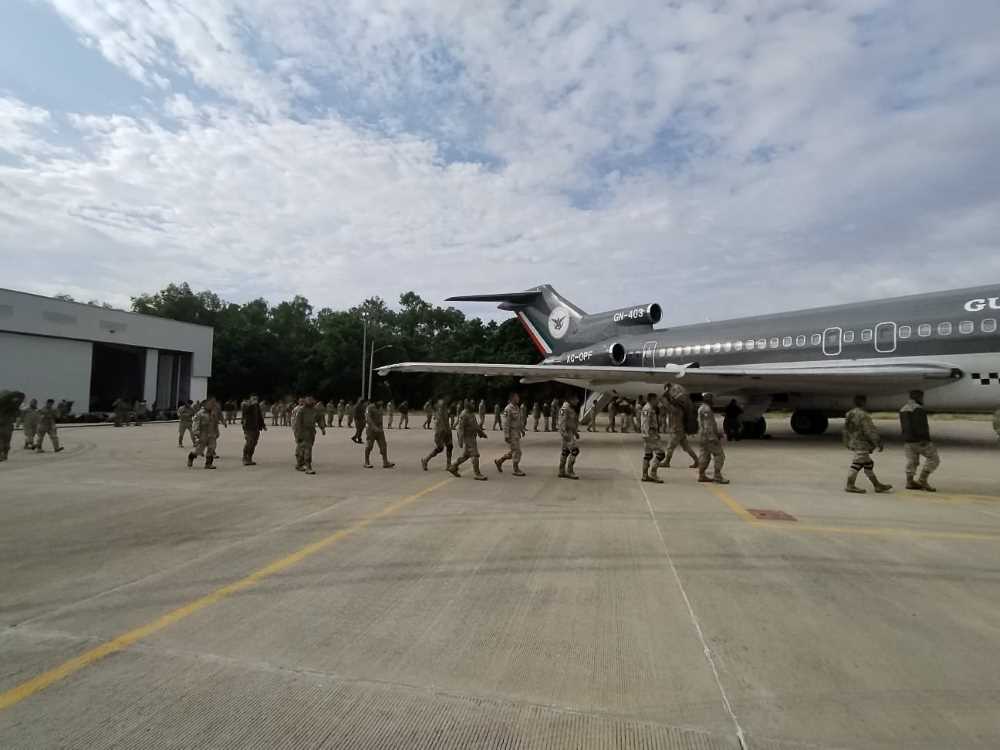Federal Authorities Double Down on Security in Sinaloa Amid Cartel Violence
Federal forces traveled to Sinaloa to address cartel violence. The meeting with Governor Rocha Moya resulted in plans to increase the National Guard's presence. Authorities aim to reduce violence and restore peace in the region, which has been plagued by conflict.

In the wake of escalating violence across Sinaloa, Mexico’s federal security cabinet convened in Culiacán on Tuesday, marking a critical step in a renewed push to restore order in a region besieged by cartel warfare. The visit followed the arrest of Ismael “El Mayo” Zambada, a key figure in the Sinaloa cartel, and came amidst a bloody power struggle between rival factions that has plunged the state into chaos.
Led by General Ricardo Trevilla Trejo, head of the National Defense Secretariat (Sedena), and Omar García Harfuch, Mexico’s Secretary of Security, the high-profile meeting with Sinaloa Governor Rubén Rocha Moya resulted in a series of measures aimed at quelling the violence. Held in the Ninth Military Zone, the talks culminated in an agreement to significantly bolster the presence of federal forces, including elite units of the Army and additional members of the National Guard, with a focus on intelligence-driven operations.




